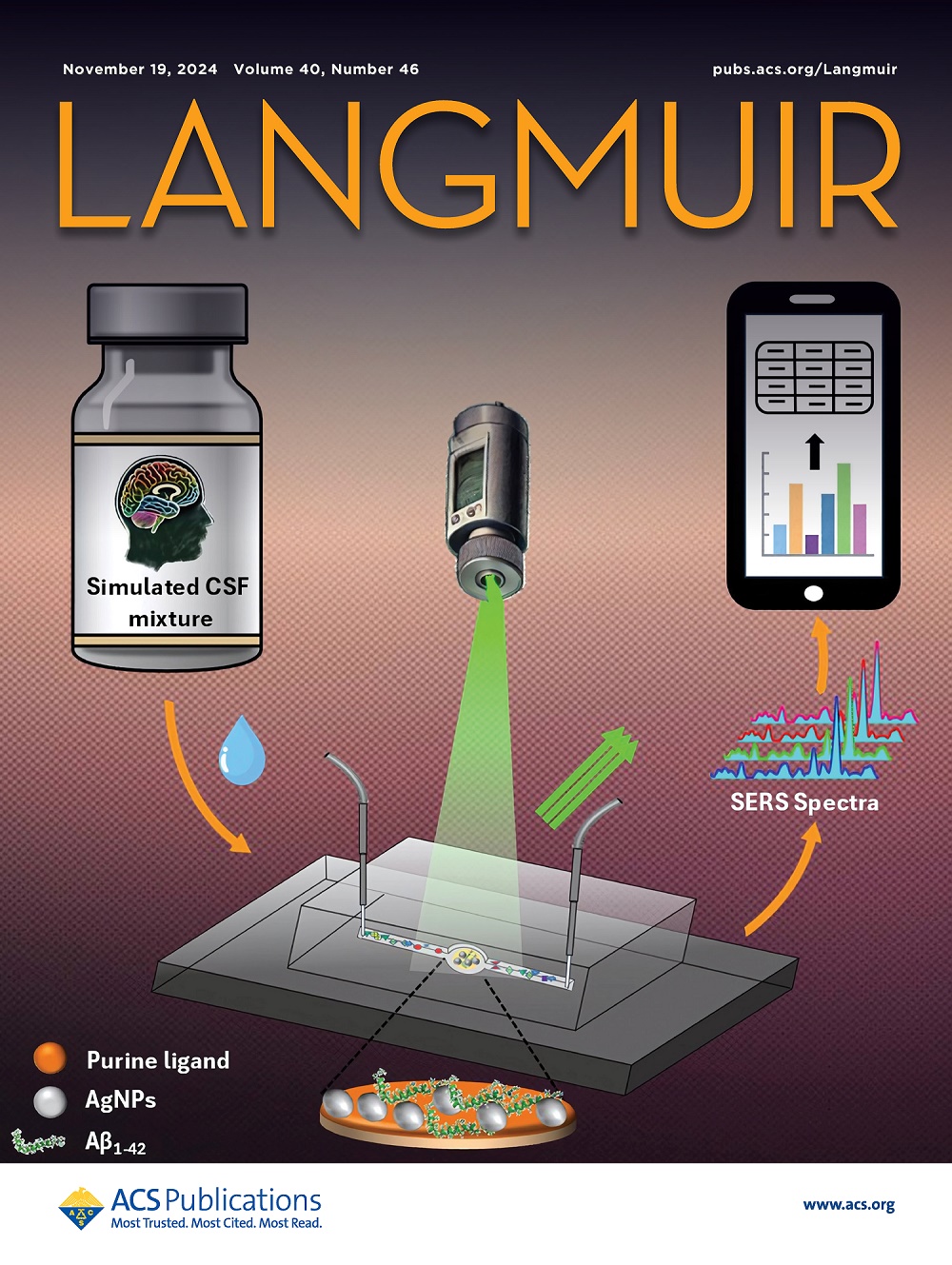Engineering the Bioactive Profile of Medicinal Peptides by Multiarm Polyethylene Glycol Conjugation
IF 3.7
2区 化学
Q2 CHEMISTRY, MULTIDISCIPLINARY
引用次数: 0
Abstract
PEGylation plays a crucial role in peptide modification and has been widely applied in the field of biomedicine, demonstrating significant potential for enhancing peptide drug performance. Herein, we synthesized melittin peptides modified with single arm, double arm, and four arm of PEG12, utilizing lysine side chains as branching points, to systematically investigate the effects of multiarm PEGylation on toxicity, hemolytic activity, stability, and membrane-disrupting ability. Our results revealed that increasing the number of PEG arms significantly reduced the cytotoxicity and hemolytic activity of melittin (with IC50 increasing approximately 20-fold) while simultaneously enhancing serum stability. These effects were attributed to the improved water solubility and altered hydrophilicity/hydrophobicity balance at the N-terminus, which modulated the interactions with cell membranes and reduced the membrane penetration capacity. Meanwhile, the steric hindrance effect that was caused by multiarm PEG modification prevented the destruction of cell membranes by melittin. The strategy of terminal PEGylation was expected to minimize systemic toxicity and in vivo degradation. Collectively, our findings highlight the critical role of the topological structure PEG in fine-tuning peptide drug performance, providing valuable insights for the design of safer and more effective peptide-based therapeutics.

求助全文
约1分钟内获得全文
求助全文
来源期刊

Langmuir
化学-材料科学:综合
CiteScore
6.50
自引率
10.30%
发文量
1464
审稿时长
2.1 months
期刊介绍:
Langmuir is an interdisciplinary journal publishing articles in the following subject categories:
Colloids: surfactants and self-assembly, dispersions, emulsions, foams
Interfaces: adsorption, reactions, films, forces
Biological Interfaces: biocolloids, biomolecular and biomimetic materials
Materials: nano- and mesostructured materials, polymers, gels, liquid crystals
Electrochemistry: interfacial charge transfer, charge transport, electrocatalysis, electrokinetic phenomena, bioelectrochemistry
Devices and Applications: sensors, fluidics, patterning, catalysis, photonic crystals
However, when high-impact, original work is submitted that does not fit within the above categories, decisions to accept or decline such papers will be based on one criteria: What Would Irving Do?
Langmuir ranks #2 in citations out of 136 journals in the category of Physical Chemistry with 113,157 total citations. The journal received an Impact Factor of 4.384*.
This journal is also indexed in the categories of Materials Science (ranked #1) and Multidisciplinary Chemistry (ranked #5).
 求助内容:
求助内容: 应助结果提醒方式:
应助结果提醒方式:


